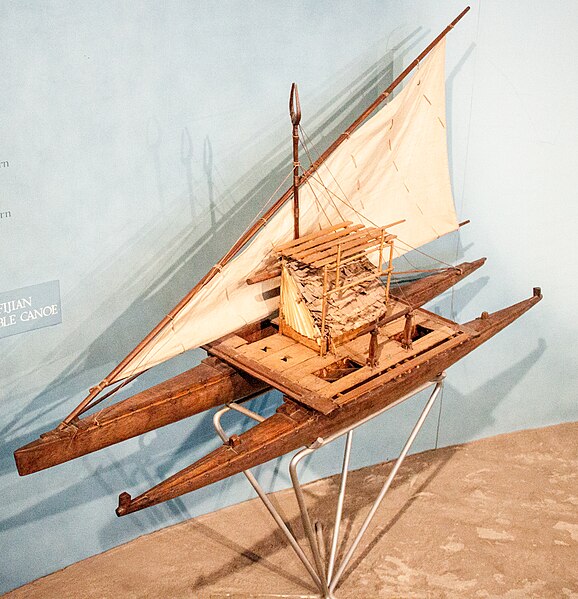Naval architecture, or naval engineering, is an engineering discipline incorporating elements of mechanical, electrical, electronic, software and safety engineering as applied to the engineering design process, shipbuilding, maintenance, and operation of marine vessels and structures. Naval architecture involves basic and applied research, design, development, design evaluation (classification) and calculations during all stages of the life of a marine vehicle. Preliminary design of the vessel, its detailed design, construction, trials, operation and maintenance, launching and dry-docking are the main activities involved. Ship design calculations are also required for ships being modified. Naval architecture also involves formulation of safety regulations and damage-control rules and the approval and certification of ship designs to meet statutory and non-statutory requirements.
Reconstruction of a 19th-century naval architect's office, Aberdeen Maritime Museum
Shipbuilding with steel, 1973
Naval architect at work
Cutaway of a nuclear submarine
Shipbuilding is the construction of ships and other floating vessels. It normally takes place in a specialized facility known as a shipyard. Shipbuilders, also called shipwrights, follow a specialized occupation that traces its roots to before recorded history.
Construction of the Naga Pelangi in 2004, a Malaysian pinas, using traditional Austronesian edge-dowelled techniques. Note the protruding dowels on the upper edges of the planks and the fiber caulking in the seams.
One of the Javanese Borobudur ships (c. 778–850 AD), depicting a typical Austronesian ship with tanja sails and double outriggers
Illustration of a djong, large Javanese trading vessel, extant until 17th century AD. Shown with the characteristic tanja sail of Southeast Asian Austronesians. Vessels like these became the basis of Southern Chinese junks.
Model of a Fijian drua with a crab-claw sail from the Otago Museum, an example of an Austronesian ocean-going vessel








